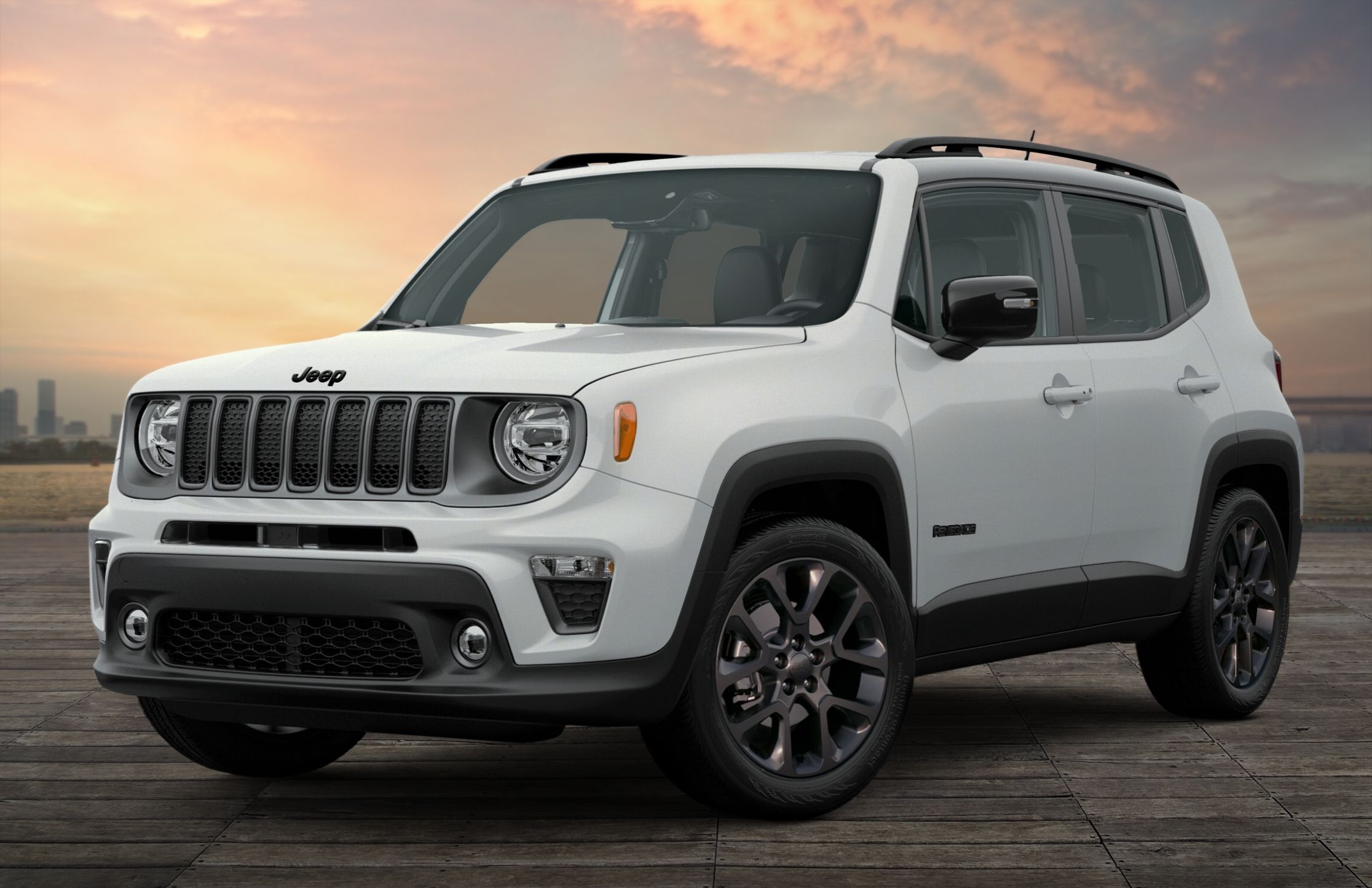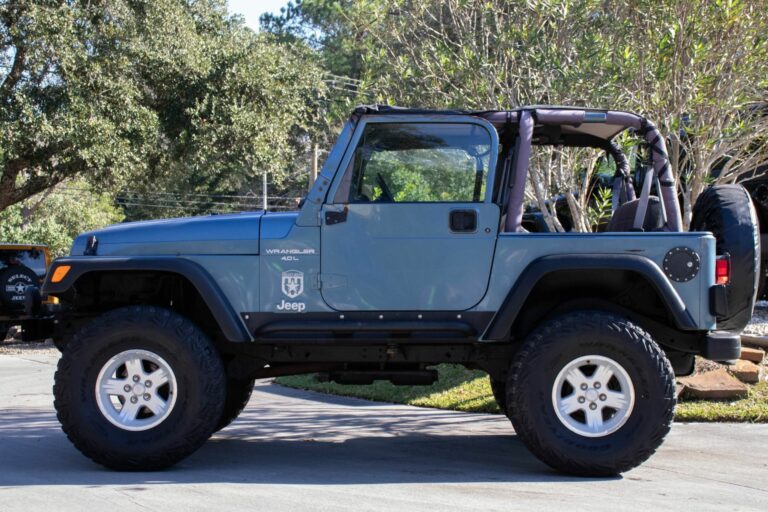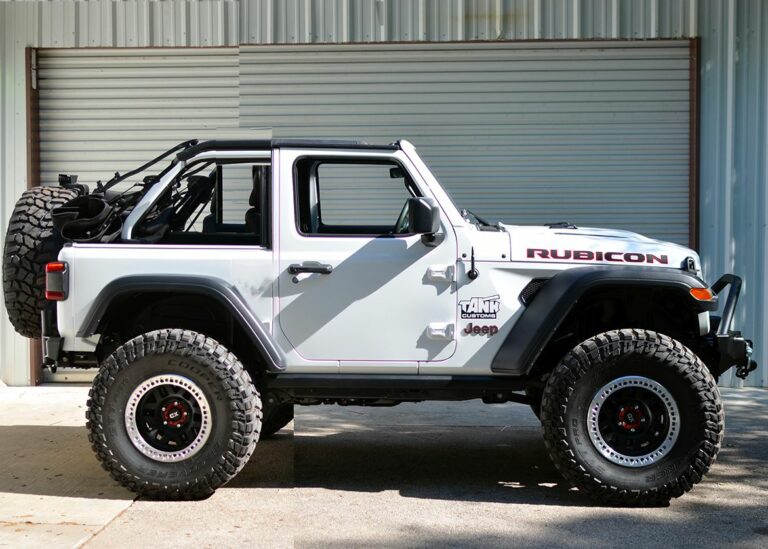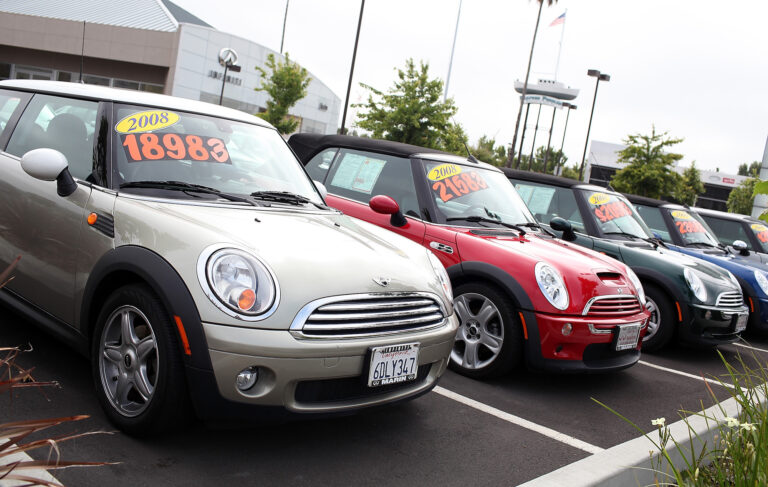Jeep Wrangler Axles For Sale: The Ultimate Buyer’s Guide
Jeep Wrangler Axles For Sale: The Ultimate Buyer’s Guide /jeeps.truckstrend.com
The Jeep Wrangler is an icon, renowned for its unparalleled off-road capability, rugged design, and endless customization potential. At the heart of this capability lie its axles – the critical components that transfer power from the transmission to the wheels, bear the vehicle’s weight, and withstand the punishing forces of challenging terrains. For many Wrangler owners, the journey doesn’t stop at the dealership; it begins with upgrades. Whether you’re looking to enhance performance, accommodate larger tires, repair damage, or embark on a custom build, understanding the world of Jeep Wrangler axles for sale is paramount. This comprehensive guide will navigate you through everything you need to know, from types and considerations to where to find the best deals, ensuring your Wrangler is equipped for whatever adventure lies ahead.
Why Upgrade or Replace Your Jeep Wrangler Axles?
Jeep Wrangler Axles For Sale: The Ultimate Buyer’s Guide
The decision to seek out Jeep Wrangler axles for sale often stems from a specific need or desire to push your vehicle’s limits. While stock Wrangler axles are robust for general use, they have their limitations. Here are the primary reasons owners look to upgrade or replace:
- Accommodating Larger Tires: One of the most common modifications, larger tires (35-inch and up) exert immense stress on stock axles, leading to bent axle tubes, broken shafts, or damaged differentials. Upgraded axles with stronger materials and wider stances are essential.
- Extreme Off-Roading: For serious rock crawling, mudding, or competitive off-roading, stock axles simply aren’t strong enough. Aftermarket axles are designed to withstand the shock loads and torsional forces encountered in aggressive terrain.
- Damage or Wear: Accidents, impacts, or simply years of hard use can lead to bent housings, worn-out gears, or damaged axle shafts. Replacing these components, or the entire axle assembly, becomes necessary for safety and performance.
- Improved Gearing: Installing larger tires effectively changes your vehicle’s final drive ratio, making it feel sluggish. Upgrading axles often involves re-gearing to a lower (higher numerically) ratio, restoring lost power, improving acceleration, and optimizing fuel efficiency for the new tire size.
- Adding Lockers: Many aftermarket axles come pre-equipped with selectable lockers, or are designed to easily integrate them. Lockers provide maximum traction by forcing both wheels on an axle to spin at the same rate, crucial for navigating challenging obstacles.
- Custom Builds: For highly specialized builds, such as those involving engine swaps (e.g., V8 conversions) or dedicated trail rigs, stock axles are entirely inadequate. Heavy-duty aftermarket or custom-fabricated axles become a fundamental requirement.
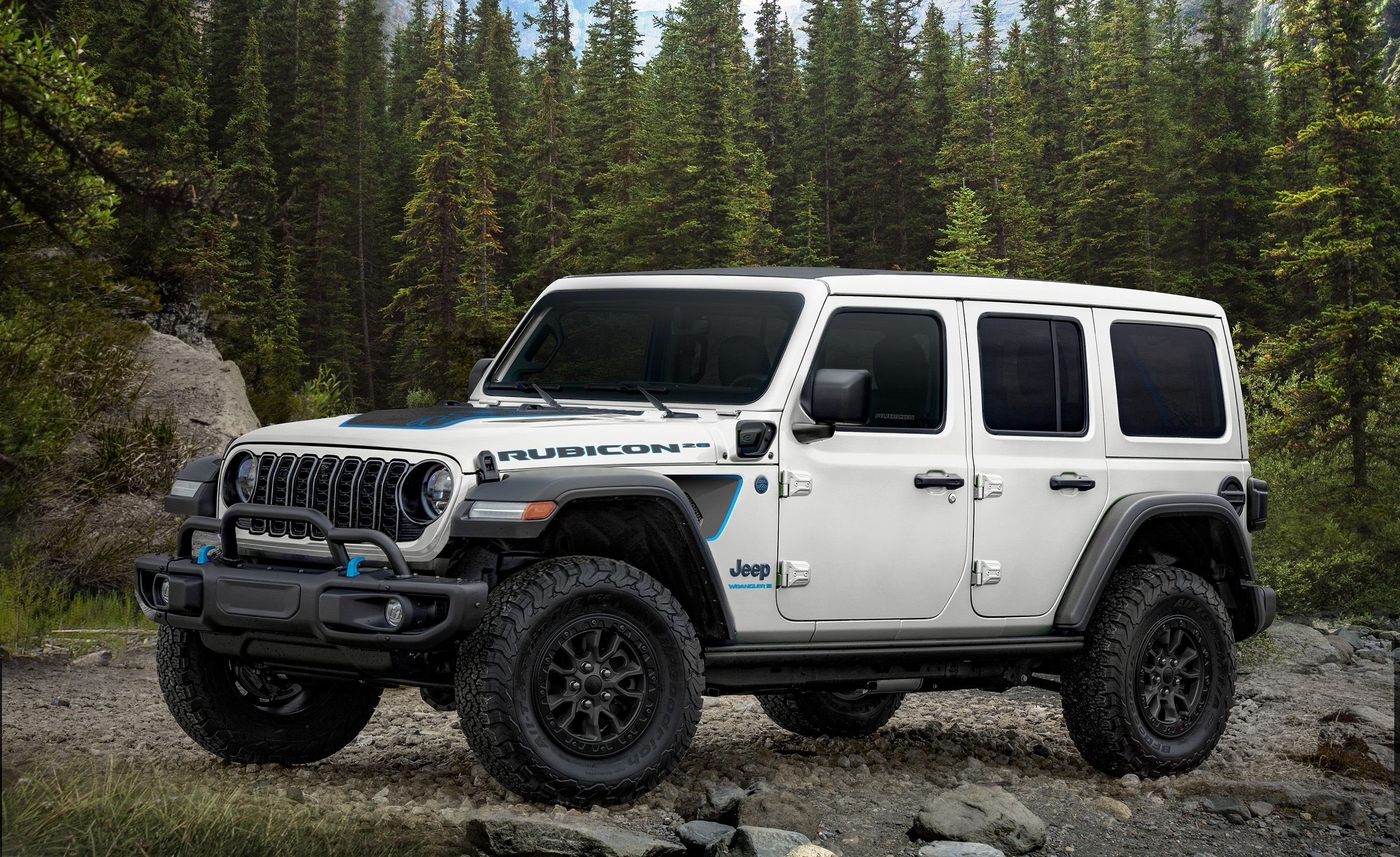
Understanding Jeep Wrangler Axle Components
Before diving into purchasing options, it’s crucial to understand the anatomy of a Wrangler axle. Each component plays a vital role in its overall strength and performance:
- Axle Housing: This is the main beam that encases the internal components. Jeep Wranglers typically come with Dana 30, Dana 44, or sometimes Dana 35 rear axles from the factory. Aftermarket options include beefier Dana 60, Dana 80, or even custom tube axles.
- Axle Shafts: These shafts transmit power from the differential to the wheels. Stock shafts are generally made of mild steel, while aftermarket upgrades often use chromoly steel for superior strength and resistance to twisting.
- Differential: Located within the axle housing, the differential allows the wheels to spin at different speeds when turning. It houses the ring and pinion gears.
- Open Differential: Standard factory setup, sends power to the wheel with the least resistance.
- Limited Slip Differential (LSD): Transfers some power to the wheel with more traction.
- Lockers: Manually or automatically lock both wheels on an axle together for maximum traction.
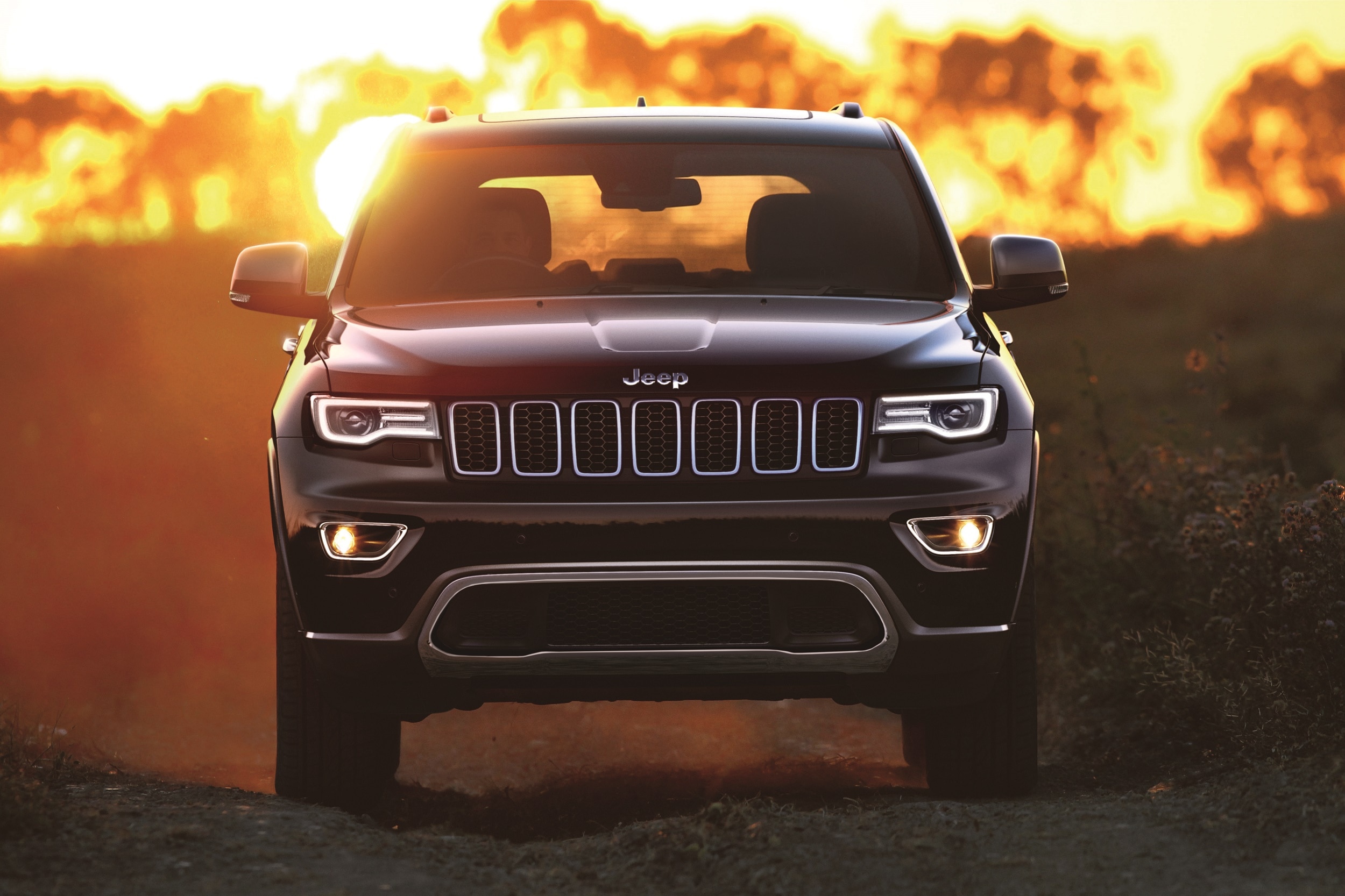
- Ring and Pinion Gears: These gears determine the axle’s final drive ratio. Changing them is "re-gearing" and is essential when installing larger tires to restore performance.
- Brake Components: Axles come with mounts for brake calipers, rotors, and pads (or drums). Upgrading axles often necessitates upgrading brake systems to handle increased weight and larger tires.
- Knuckles/Spindles (Front Axle): These components connect the axle shafts to the wheels and allow for steering.
Types of Jeep Wrangler Axles Available For Sale
The market for Jeep Wrangler axles for sale offers a spectrum of options, catering to different budgets and performance needs.
1. Stock Take-Off Axles
These are used axles removed from other Wranglers, often upgraded by their previous owners.
- Pros: Most affordable option, direct bolt-in fit for the same generation Wrangler, good for replacing a damaged stock axle or a mild upgrade (e.g., swapping a JK Dana 30 for a JK Rubicon Dana 44).
- Cons: Used condition (may require new bearings, seals, or even a full rebuild), limited strength for aggressive off-roading, may still need re-gearing if you’re running larger tires than the donor vehicle.
- Common Examples: Dana 30 (front, found on most non-Rubicon TJs, JKs, JLs), Dana 44 (rear, found on most non-Rubicon TJs, JKs, JLs; front and rear on Rubicon models), Dana 35 (older TJ rear, generally considered weak and undesirable).
2. Aftermarket "Bolt-In" Axles
These are brand-new, purpose-built axle assemblies designed to be significantly stronger than stock and typically come ready to install.
- Pros: Superior strength (often chromoly shafts, thicker tubes, larger differential housings), available with desired gear ratios and lockers pre-installed, direct fit for specific Wrangler generations, often come with improved brake mounts.
- Cons: Significantly more expensive than take-offs, can be heavier, may require suspension modifications (e.g., coilover mounts).
- Popular Brands/Models:
- Dana Spicer Ultimate 44: An upgraded version of the Dana 44, featuring thicker tubes, stronger shafts, and improved housing. Excellent upgrade for those staying within 37-inch tires.
- Dynatrac: Renowned for their ProRock series (ProRock 44, ProRock 60, ProRock 80). These are considered top-tier, offering unparalleled strength for extreme use and large tires (40-inch+).
- Currie Enterprises: Known for their RockJock axles (RockJock 44, 60, 70, 80). High-quality, robust options for serious off-roaders.
- G2 Axle & Gear, TeraFlex, Yukon Gear & Axle: Offer various levels of upgraded axles, from semi-floating to full-floating designs, suitable for different applications.
3. Custom/Fabricated Axles
These are bespoke solutions, often built from scratch or heavily modified from donor axles.
- Pros: Ultimate strength and customization, can be tailored to any specific build requirement (e.g., specific width, unique mounting points).
- Cons: Extremely expensive, requires advanced fabrication skills and specialized shops, not a "for sale" item in the traditional sense but built to order.
Key Considerations When Buying Jeep Wrangler Axles For Sale
Making the right choice requires careful consideration of several factors:
- Vehicle Compatibility: Ensure the axle is designed for your specific Wrangler generation (CJ, YJ, TJ, JK, JL). Front and rear axles are different and not interchangeable.
- Intended Use: This is the most crucial factor. Are you a weekend warrior hitting light trails, or are you planning on tackling hardcore rock crawling with 40-inch tires? Your intended use dictates the necessary strength and budget.
- Tire Size: The size of your tires directly correlates with the stress placed on your axles.
- Up to 35 inches: Upgraded Dana 44s (like the Ultimate 44) might suffice.
- 37 inches: Strong Dana 44s or entry-level Dana 60s are recommended.
- 38 inches and above: Dana 60s or even Dana 80s are almost mandatory for durability.
- Gear Ratio: If you’re buying a complete axle, verify the gear ratio. It must match your other axle (front and rear ratios must be identical, or severe drivetrain damage will occur). The ratio should also be optimized for your tire size and engine/transmission combo to restore performance and fuel efficiency.
- Locker Preference: Decide if you want an open differential, limited slip, or a full locker. Aftermarket axles often come with popular locker options pre-installed.
- Brake Compatibility: Check if your existing brakes will fit the new axle, or if the axle comes with a complete brake solution. Often, upgrading to larger axles also means upgrading to larger, more effective brakes.
- Budget: Axles range from a few hundred dollars for used stock units to tens of thousands for custom, heavy-duty aftermarket assemblies. Set a realistic budget before you start shopping.
- New vs. Used: New axles offer warranties and known histories. Used axles are cheaper but come with inherent risks regarding wear, damage, and unknown history. Inspect used axles thoroughly or have a professional do so.
- Axle Width: Aftermarket axles are often wider than stock to accommodate larger tires and improve stability. Ensure the width is compatible with your fenders, wheels, and overall stance preference.
Where to Find Jeep Wrangler Axles For Sale
The hunt for the perfect axle can lead you to various sources:
- Online Marketplaces: Websites like eBay, Craigslist, and Facebook Marketplace are great for finding used stock take-off axles. Be wary of scams and always inspect items in person if possible.
- Dedicated Jeep/Off-Road Forums: Many forums have "for sale" sections where enthusiasts sell their used parts. This can be a good source for well-maintained used components.
- Specialized Aftermarket Retailers: Companies like Quadratec, Northridge4x4, Extreme Terrain, Summit Racing, and GenRight Off Road specialize in Jeep parts and offer a wide selection of new aftermarket axles from top brands.
- Local 4×4 Shops: Your local off-road shop might have used take-offs from customer upgrades or can order new aftermarket axles. They can also provide installation services.
- Junkyards/Salvage Yards: For very specific, hard-to-find stock axles, a junkyard can be a last resort, but condition will be a major variable.
- Jeep Swap Meets & Events: These events are fantastic for finding used parts and connecting with other enthusiasts.
Installation: DIY vs. Professional
Installing axles is a significant undertaking.
- DIY: If you have the necessary tools (jack stands, floor jack, torque wrench, impact gun, specialized tools for brake lines, etc.), mechanical aptitude, and a detailed service manual, you can save on labor costs. However, setting up ring and pinion gears for proper mesh and backlash is a highly precise task that, if done incorrectly, will lead to premature failure.
- Professional: For optimal performance and longevity, especially with new aftermarket axles or when changing gear ratios, professional installation is highly recommended. A reputable 4×4 shop will have the specialized tools and experience to properly set up gears, ensuring your investment lasts. The cost of professional installation is an important part of your overall budget.
Jeep Wrangler Axles For Sale: Estimated Price Guide
Please note that prices are estimates and can vary significantly based on condition, brand, included features (gears, lockers), and market demand.
| Axle Type | Condition | Common Models/Brands | Estimated Price Range ($) | Key Features/Notes |
|---|---|---|---|---|
| Stock Take-Off | Used | Dana 30 (TJ/JK), Dana 44 (TJ/JK) | $500 – $2,000 (per axle) | Basic replacement/mild upgrade. Often requires rebuild (bearings, seals) and re-gearing. |
| Aftermarket Bolt-In | New | Dana Ultimate 44 (Spicer, G2) | $3,000 – $6,000 (per axle) | Stronger housing, shafts, often pre-geared/locked. Good for 35-37" tires. |
| Aftermarket Bolt-In | New | Dana 60 (Front/Rear) (Dynatrac, Currie) | $7,000 – $15,000+ (per axle) | Heavy-duty, for 38-40"+ tires. Highly customizable with gear/locker options. |
| Aftermarket Bolt-In | New | Dana 80 (Rear) (Dynatrac, Currie) | $8,000 – $18,000+ (per axle) | Ultimate rear strength for extreme builds, heavy loads, and very large tires. |
| Custom Fabricated | New | Dynatrac, Currie, Custom Shop | $10,000 – $30,000+ (per axle) | Bespoke solutions for specific needs. Requires professional fabrication and installation. Cost varies wildly. |
Disclaimer: Prices are approximate and subject to change based on market conditions, specific configurations (e.g., included lockers, gear ratios, specific model year compatibility), and seller.
Frequently Asked Questions (FAQ)
Q: Do I need to upgrade both front and rear axles?
A: Not always immediately, but it’s highly recommended if you’re going for larger tires (37"+) or extreme off-roading. You must always ensure the gear ratios are identical between the front and rear axles.
Q: What’s the difference between a Dana 30 and a Dana 44?
A: The Dana 44 is significantly stronger than the Dana 30, with a larger ring gear, thicker axle shafts, and a more robust housing. Dana 30s are common on non-Rubicon Wranglers, while Dana 44s are found on Rubicon models and as aftermarket upgrades.
Q: Can I run different gear ratios front and rear?
A: ABSOLUTELY NOT. Running different gear ratios between your front and rear axles will cause severe and immediate damage to your transfer case, differential, and potentially other drivetrain components. Always ensure both axles have the exact same gear ratio.
Q: How do I know what gear ratio I need?
A: The ideal gear ratio depends on your tire size, engine, transmission, and intended use. Generally, larger tires require numerically higher gear ratios (e.g., 4.56, 4.88, 5.13) to restore power and drivability. Many online calculators can help you determine the optimal ratio.
Q: Is it okay to buy used axles?
A: Yes, but with caution. Inspect them thoroughly for bent tubes, cracks, rust, or damage to the differential housing. It’s often wise to factor in the cost of replacing bearings, seals, and potentially re-gearing and adding a locker when buying used.
Q: What is axle width and why does it matter?
A: Axle width (or track width) refers to the distance between the wheel mounting surfaces. Wider axles provide greater stability, especially with larger tires, but can lead to rubbing issues with fenders and require wheels with specific backspacing.
Conclusion
The axles are the backbone of your Jeep Wrangler’s off-road prowess. Whether you’re replacing a damaged component or embarking on a full-blown performance upgrade, the world of Jeep Wrangler axles for sale offers a solution for every need and budget. By understanding the different types of axles, their components, and the critical considerations for your specific build and intended use, you can make an informed decision that enhances your Wrangler’s capabilities and ensures countless adventures. Research thoroughly, plan your budget, and don’t hesitate to seek professional advice for installation, because a strong foundation is the key to unlocking your Wrangler’s full potential.
![]()
